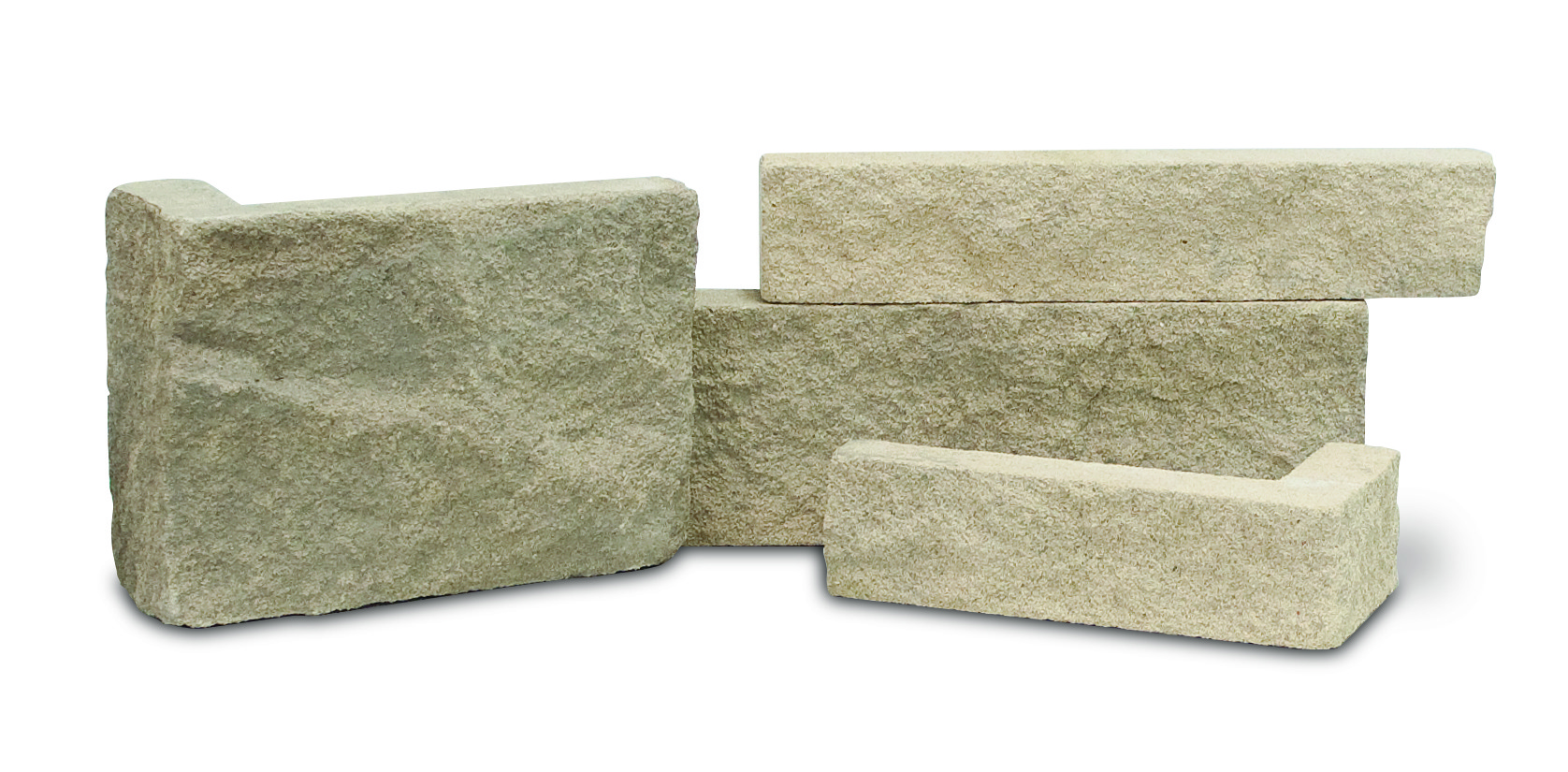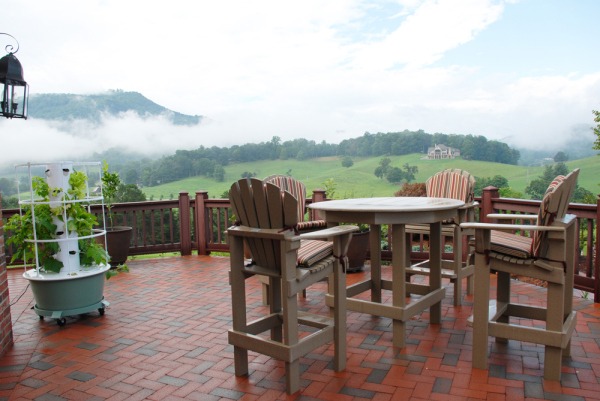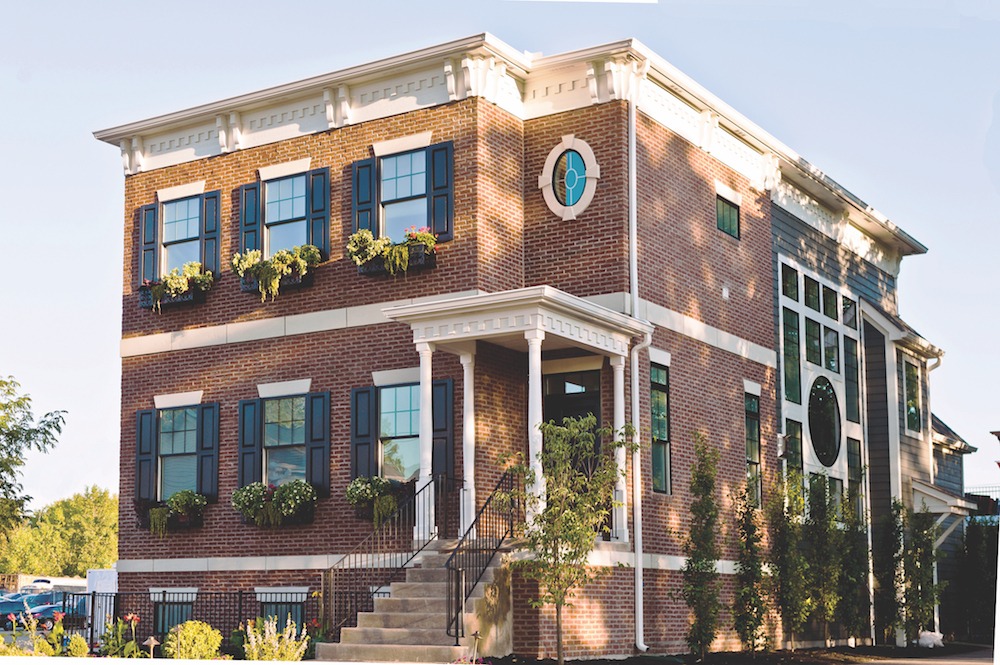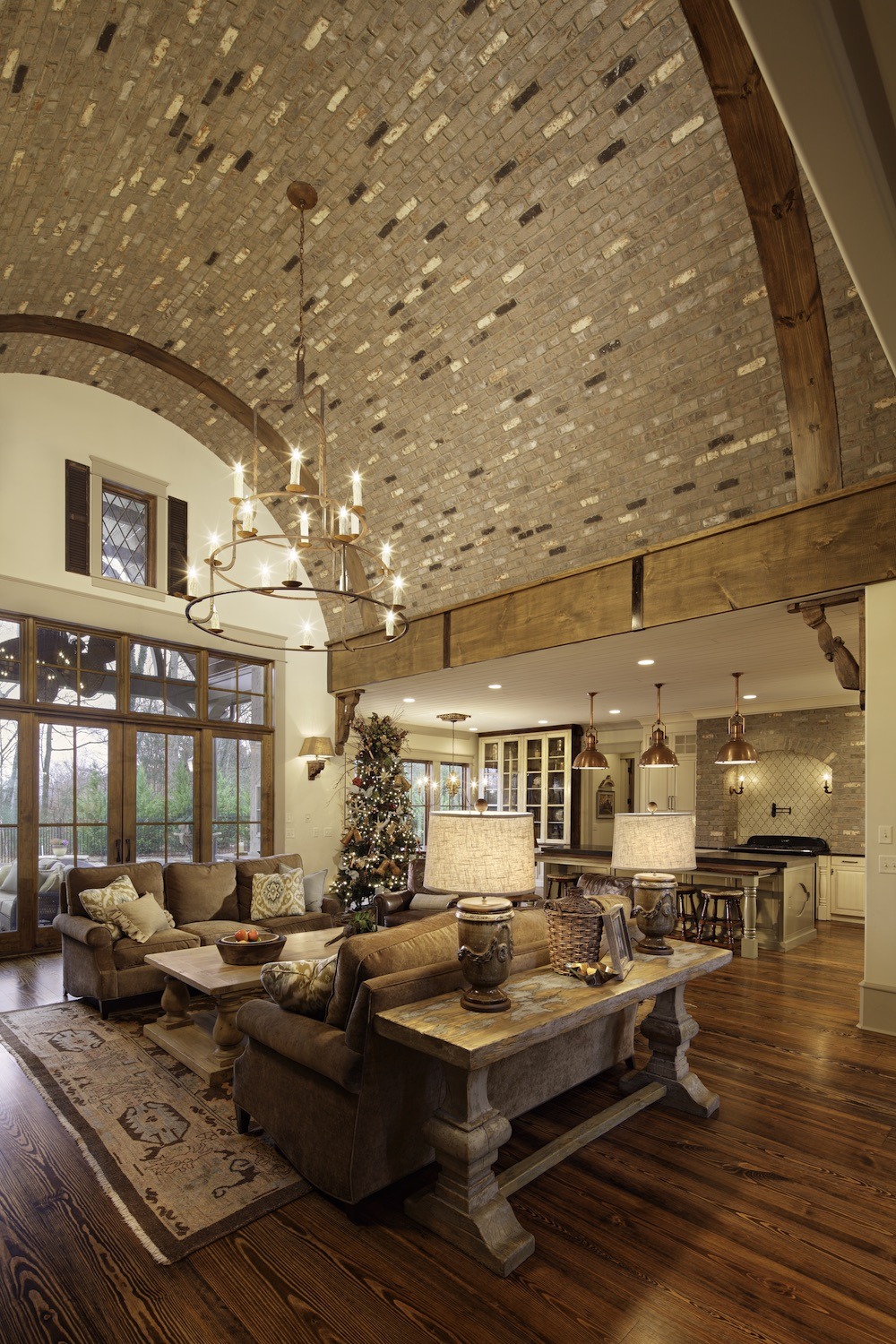The idea of thin brick may strike those in the industry as off the wall, but this material has come a long way from its inception. From production to installation and longevity, the thin brick/stone industry is something of a force to be reckoned with. They’re versatile, easy to install, and can last just as long as traditional bricks, and can be put just about anywhere in a project.
There were several companies that pioneered the thin brick industry, Endicott Clay being one of the first to do this. They saw the need for a product that could make the concrete panel process easier, thus seeing thinner brick is better. From this revelation birthed many other companies such as Metro Brick and Summitville to venture outside of their quarry tile scope to create extruded thin brick. More innovations and ideas in the thin brick were made by various companies to simplify this process that is used today.
The thin brick industry was created for a need for thinner bricks onto precast wall panels. According to Shane Calmes, President-International Sales & Marketing of Speedymason, “It started off as full bricks that were cut in half and were able to be embedded into concrete panels. These were the bricks with holes in them, sliced them in half and then both halves were placed into rubber molds. Then were brought to a concrete house, made into a concrete panel.” Following this trend, companies saw the need for a thin brick product, instead of cutting full bricks in half. This process proved to be difficult, especially getting concrete between the brick when filled.
With using the Speedymason contractors can forego some of the tedious and time-consuming installation process of traditional brick. “The Speedymason is like a barrier system where whatever going in, comes right back out,” Calmes explains. Using this thin brick ensures a substrate behind the wall unlike in traditional brick. Additionally using the Speedymason contractors will use less mortar and can install the wall system in half the time. Hence the name: Speedymason, the thins on the back side of the thin brick helps to create a perfect thinset thickness, making metering the mortar an easier process.
Headquartered in Johnson City, TN, General Shale was founded in 1928 and has been producing more than 1 billion bricks per year at their production facilities. The company supplies a wide variety of masonry materials for residential, commercial and specialty architectural projects. “General Shale’s Thin Brick is authentic, kiln-fired brick simply cut thin, and is a practical solution for virtually any exterior or interior application,” Dawn Henning, Director of Marketing for General Shale confirms.
Thin brick can add a rustic value to any project contractors or owners have in mind. As with conventional face brick, thin brick and thin rock are available in a wide assortment of colors and textures, offering the same aesthetic qualities, structural benefits, and life expectancy of full brick and structural stone, Henning says.
Arriscraft, the stone products division of General Shale, is unique in the thin brick industry with its comprehensive line of thin stone products that look like quarried stone. According to Marta Zonneveld, Marketing Manager of Arriscraft, “Our products offer very high performance and longevity in lightweight veneer systems.” These products are available in a variety of styles and installation processes, giving contractors additional texture and design options for projects.
There are many various differences between thin brick veneers and traditional brick, especially the installation process. This can vary from product to product, however the general consensus is it will take about half the time of brick laying. Initially construction adhesive was used to apply the thin brick or stone to the metal panel using a caulk gun, spreading it on the backside of the thin brick, Shane Calmes admits. However over time this method included a second or third step of bagging mortar between each brick piece to achieve the desire look.
This particular installation process is now considered outdated, and won’t necessarily last as long since there’s a chance of the adhesive failing or air pockets forming behind the brick. The use of thinset behind the veneer has been proven to be the best technique, Calmes confirms.
“For exterior residential applications, two commonly used processes for installing thin brick include the thick-set method and the thin-set method,” Henning concurs. The thickset process consists of thin brick being bonded with a coat of mortar onto a mortar scratch coat. This required lath or mesh reinforcement that’s fastened to the substrate, to help movement between the two layers. The thinset method enables thin brick to be attached directly to the substrate with a thin layer of adhesive, not requiring lath or mesh reinforcement.
The Ingenuity of Clay Pavers:
Walt Steele, Paver Business Manager of Pine Hall Brick Company describes clay pavers to look like a clay brick that a mason would usually use in a wall, except it’s solid, without holes. Differentiating the difference between traditional brick and clay bricks to be, “A clay paver is fired much longer than a brick intended for a wall. That makes the paver capable of withstanding 12,000 pounds per square inch of weight. Which means it can be laid in a street and have heavy vehicles run over it without shattering it.”

Pavers need very little maintenance and can last forever, and since the color runs through the body of each brick the color will never fade (with proper maintaining and cleaning practices). The advantages of using pavers in projects are endless, with the trends movingtowards renovation projects in urban areas. Such as wide sidewalks and plazas, replacing concrete sidewalks, just to name a few.
Pine Hall Brick Company introduced a permeable paver a few years ago called StormPave. “StormPave allows rainwater to enter around gaps in between pavers and go underneath, where it is held in layered aggregates before being released in the groundwater, or collected for distribution to rain gardens,” Steele explains. This new innovative paver enables large commercial installations to comply withenvironmental regulations that are increasingly requiring storm water be treated onsite in new commercial installations.


